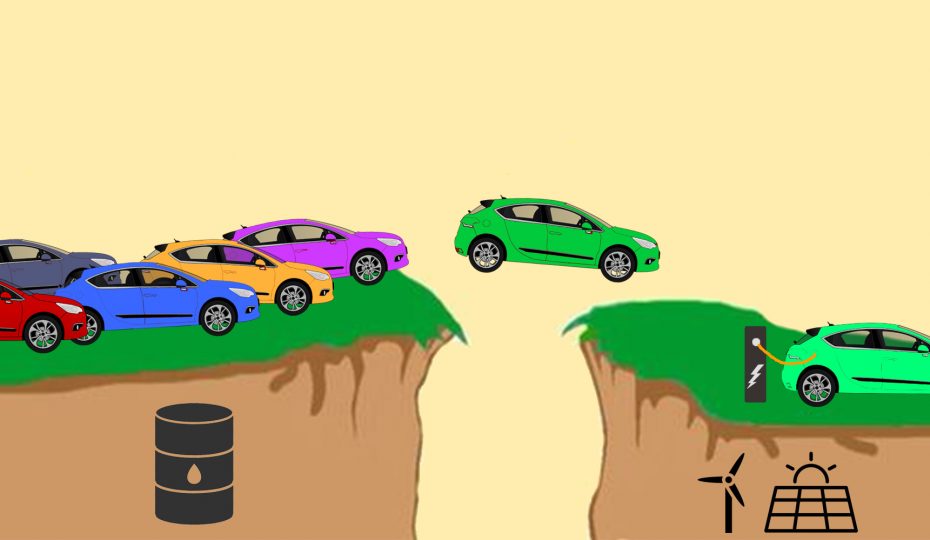The reasons why more people are choosing to drive electric are very diverse, from very personal motivations to financial ones. Some begin by incident, maybe invited by new mobility services such as Car2Go or motivated by trying new things. Most start because of tax incentives.
Despite the many good reasons, a mass transition to electric mobility takes longer than desired. There are not that many electric cars available, which limits the choice and keeps prices high. Some misconceptions play also a role on why many drivers still think EV’s are less usable. Such as range anxiety, which in reality isn’t a hurdle anymore for those who actually drive electric vehicles.
Preferential legislation still indispensable
In the Netherlands, the new climate agreement still encloses a few good incentives for driving electric, such as reduced car allowance taxes and road pricing. Tax reduction, while less generous than in the past, will continue to help consumers leaping over the financial ditch. The dynamic road pricing takes things a step further: when implemented correctly it could be a fair way to pay society back for the congestion that traffic generates and be a good starting point towards sustainable mobility in a broader way: electric miles may be cleaner than fossil ones, less miles are even better.
Electric mobility could enable growth in renewable energy
Electric vehicles are the only way to provide and use renewable energy in transportation – as fossils can’t be renewable. Since EV’s hold larger batteries than needed for a daily commute, these batteries can also be used for temporary storage of renewable energy. When wind or solar energy is abundant, electric vehicles can quickly take in large quantities of this energy by means of (fast) charging. At other moments, electric vehicles can refrain from charging. This regime enables the growth of renewable power resources. When EV owners are financially incentivised for this ‘smart charging’ behaviour, society will further reduce the barrier for a transition to electric mobility.
New mobility is a matter of State
One thing is certain: in this transition government policies make a difference. We can observe that in countries in which there is a more active intervention of the government in the automobile and energy sectors, the transition moves faster and it creates a whole new ecosystem around it. China is an example of an interventionist government, heavily investing in the mass adoption of EVs by promoting the production of small and cheap cars. The USA, on the other hand, is investing more in autonomous cars than in electric mobility, probably driven by economic benefits of self-driving cars to reduce labor costs in mobility. The EU focuses on micro-mobility and MaaS (shared mobility and forms of mixed mobility) because of its orientation towards reducing the overall burden of individual mobility in terms of pollution and city road congestions.
Markets will take the final lead
Only after a successful governmental intervention, society and market dynamics will follow. Once the demand has passed the tipping point, electric mobility as an industry will grow organically. The total cost of ownership of electric vehicles is about to get on a par with fossil fuelled cars and will continue to decrease. The comfort of driving electric and the financial benefits of flexible energy storage will do the rest to give the electric vehicle the boost it needs to reach mass acceptance.
Author: Pieter Willems, Managing Partner at Faraday Keys.



 +31-208-208-765
+31-208-208-765





